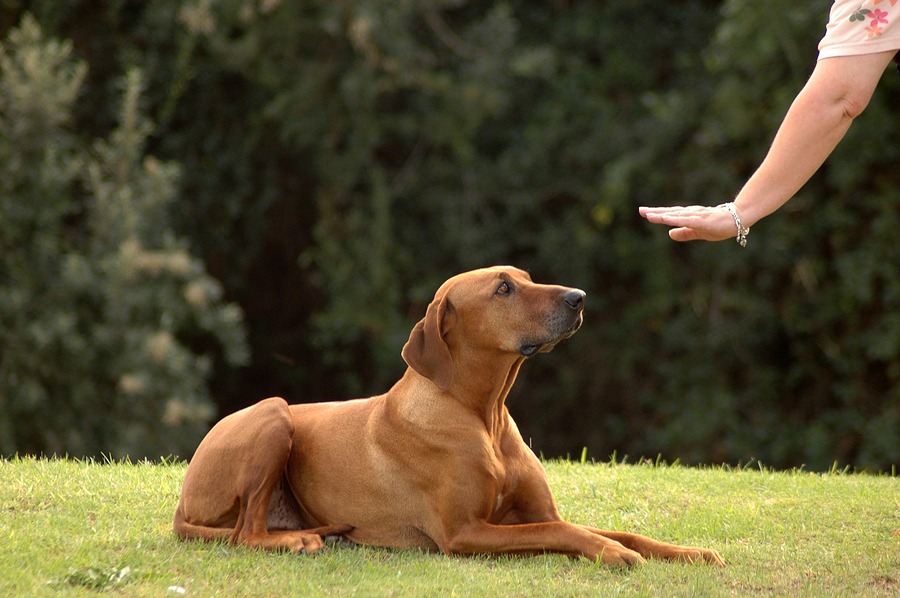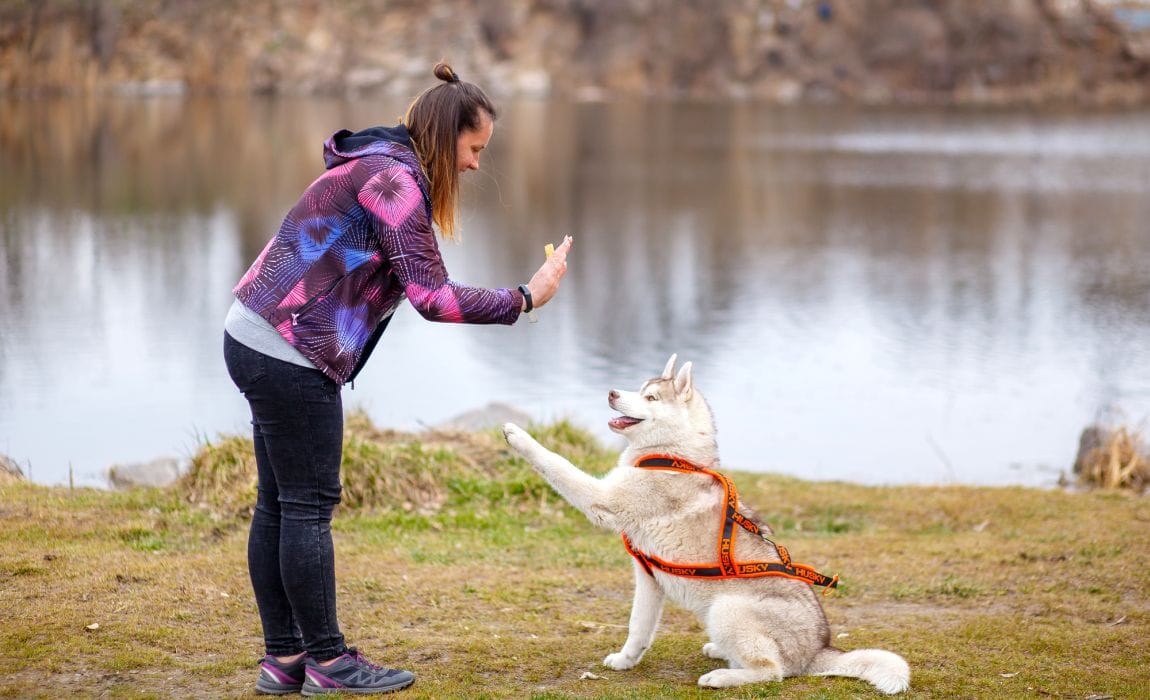How to Master Dog Training and Build a Stronger Bond with Your Pup
How to Master Dog Training and Build a Stronger Bond with Your Pup
Blog Article
Beginner's Overview to Effective Pet Dog Training in your home
Successfully educating a dog at home needs a nuanced understanding of canine behavior and reliable communication approaches. Developing clear training goals, making use of top quality benefits, and keeping uniformity across family members are critical elements. Incorporating training right into day-to-day routines can enhance both engagement and retention.
Understanding Pet Dog Habits
Comprehending pet dog behavior is vital for efficient training and promoting a harmonious relationship between human beings and their canine friends. Pets interact mostly with body language, vocalizations, and faces, making it vital for proprietors to translate these signals accurately. Acknowledging actions such as tail wagging, roaring, or cring can provide understandings right into a dog's emotion and intentions.

Usual behavioral problems, such as aggression, anxiousness, or excessive barking, frequently come from misunderstandings or unmet demands. Observing and dealing with these concerns promptly can prevent escalation and guarantee a favorable training experience. By cultivating a deep understanding of canine actions, owners can tailor their training methods to match their canine buddies, ultimately resulting in a satisfied and well-behaved family pet.
Necessary Training Tools
A well-equipped training area can dramatically improve the performance of pet training in the house. Essential training tools make sure that both the instructor and the pet can involve in efficient sessions that promote understanding and bonding.

Spending in a strong leash and a comfy, well-fitting collar or harness is vital for safety and control. These tools aid establish borders and ensure the dog continues to be safe during training. Additionally, a designated training location, devoid of interruptions, aids concentration for both the instructor and the dog.
Educating help such as training pads, cones, or agility equipment can likewise boost the experience by presenting selection and obstacles. Last but not least, having a notebook or digital app for tracking progression can be vital, permitting you to keep in mind successes and locations for enhancement. Using these essential tools will create a favorable training setting and lay the structure for efficient knowing.
Creating a Training Routine
Establishing a consistent training regimen is essential for effective canine training in the house. A well-structured routine not just assists in enhancing desired habits however webpage additionally offers your dog with a complacency and predictability. To create a reliable training regular, begin by determining certain training objectives, such as basic commands, leash walking, or house-breaking.
Select a marked time each day for training sessions, ideally when your canine is sharp and receptive. Procedure needs to be short, approximately 5 to 15 mins, to keep emphasis and protect against tiredness. Uniformity in timing and environment will enhance your dog's learning experience.
Integrate training into everyday activities to reinforce skills. Method commands throughout walks or nourishment, which integrates finding out into natural routines. Additionally, stay versatile and change the routine as essential, accommodating your pet dog's energy levels and state of mind.
Favorable Support Methods
Positive reinforcement techniques are fundamental to reliable pet dog training, promoting preferred Look At This actions with rewards rather than punishment. This approach uses positive stimulations, such as deals with, praise, or play, to urge canines to repeat details activities. The foundation of this method is timing; rewards need to be provided immediately adhering to the wanted actions to develop a clear organization.
When carrying out favorable reinforcement, it is important to select rewards that are encouraging for your canine. High-value deals with, such as tiny pieces of hen or cheese, can be specifically efficient during training sessions. Additionally, varying the rewards can preserve your dog's passion and enthusiasm.
Begin with basic commands, like "sit" or "stay," and gradually development to extra complex tasks. Uniformity is key; make certain that all member of the family use the very same commands and reward systems to prevent complication.
In addition, it is crucial to stay person and prevent frustration. Pets, like people, find out at their own speed. By promoting a supportive training setting through positive reinforcement, you can enhance your pet's knowing experience while enhancing the bond in between you and your fuzzy friend, preparing for successful training results.
Common Training Difficulties
While educating a canine in the house can be a satisfying experience, it usually comes with a set of usual obstacles that can check both persistence and uniformity. One common problem is disturbance. Canines may become conveniently averted by sounds, motions, or even aromas more in their setting, making it hard to preserve their focus during training sessions.
Another challenge is variance in commands and support. If member of the family make use of different cues or benefits, it can perplex the pet dog and hinder progress. Developing a unified method is crucial for effective interaction.
Furthermore, pet dogs can experience stress or stress, specifically if they do not recognize what is anticipated of them. This can cause unwanted actions, such as barking or eating.
Lastly, the timing of reinforcement is vital (Dog training). Postponed benefits can reduce the efficiency of positive reinforcement, as dogs may fail to connect the actions with the reward
Conquering these challenges requires commitment, clear communication, and a structured training plan. Recognizing and resolving these typical barriers will lead the means for a much more effective and satisfying training experience in the house.
Final Thought
In final thought, effective dog training at home requires a comprehensive understanding of canine habits and efficient communication methods. By developing clear training objectives and utilizing top quality deals with along with positive reinforcement, the training procedure ends up being a lot more rewarding for both the fitness instructor and the canine.
Developing a regular training routine is important for reliable pet training at home.Favorable support methods are basic to efficient dog training, promoting preferred actions through rewards instead than penalty (Dog training). By cultivating an encouraging training setting with positive support, you can boost your canine's knowing experience while enhancing the bond between you and your furry companion, laying the groundwork for successful training outcomes
In conclusion, effective pet training at home necessitates a comprehensive understanding of canine behavior and reliable interaction methods. By establishing clear training objectives and using top notch treats alongside positive reinforcement, the training procedure ends up being extra rewarding for both the pet and the fitness instructor.
Report this page